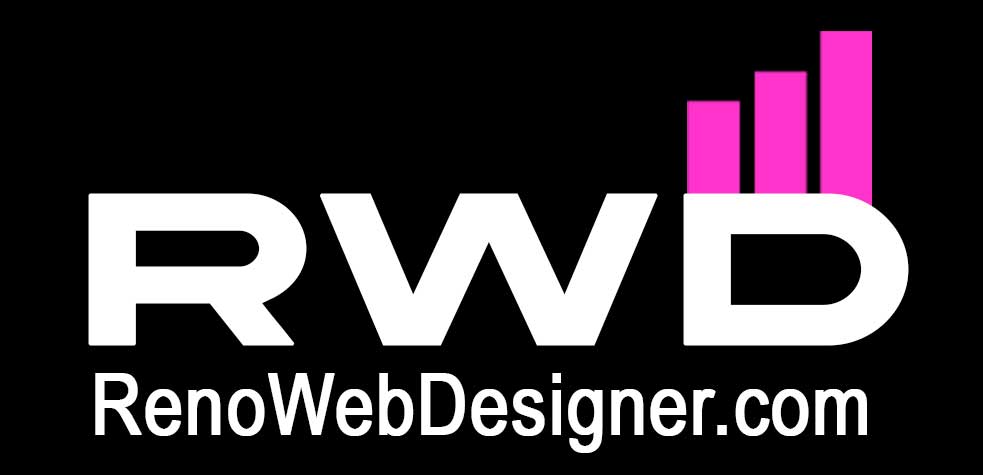
Free SEO for 3 Months!
3 Months of Free SEO for Your Small Business in Nevada!
Attention Small Business Owners in Nevada!
Are you ready to take your online presence to the next level? Sandy Rowley, a top-rated SEO expert, is offering an exclusive deal for small businesses located in select Nevada ZIP codes:
3 Months of FREE SEO
This special offer is available with a 6-month SEO plan, designed to help your business rank higher on search engines, attract more customers, and grow your revenue. After 6 months, your small business could become SEO self-sufficient—no longer needing additional SEO services!
What’s Included in the SEO Plan?
- Comprehensive Website Audit: Identify strengths, weaknesses, and growth opportunities.
- Keyword Optimization: Rank for the search terms your customers are using.
- Content Enhancement: Improve your website content for both users and search engines.
- Backlink Building: Gain high-quality links to boost your site’s authority.
- Performance Monitoring: Track results and adapt the strategy as needed.
Why Choose Sandy Rowley?
Sandy Rowley is a trusted name in the SEO industry, known for delivering outstanding results for small businesses. With a proven track record and a commitment to helping local businesses thrive, you can count on her expertise to transform your online presence.
- Over 25 years of experience in SEO and web design.
- Featured alongside top SEO experts like Neil Patel and Rand Fishkin.
- Local Nevada expertise tailored to your business’s needs.
Here’s the Deal:
- Start with 3 Months FREE SEO
- Commit to a 6-month SEO plan (starting at $399 per month).
- After 6 months, your business could be optimized for long-term success, never needing SEO again.
This package can even work alongside any existing SEO efforts you already have in place.
Eligibility
This offer is available to small businesses located in the following Nevada ZIP codes:
- See Zipcodes at bottom of this page.
Don’t see your ZIP code listed? Contact us to confirm eligibility! 775-870-0488.
Take Action Now
This is a limited-time offer, so don’t wait! Give your small business the SEO advantage it deserves. Claim your 3 Months Free SEO today and see how a tailored strategy can transform your business.
How to Get Started:
- Fill out the form below or call us at 775-870-0488.
- Schedule a FREE consultation with Sandy Rowley.
- Watch your online visibility grow in just a few weeks!
Questions?
We’re here to help. Contact us at sandy @ renowebdesginer.com or complete the form below.
Major Cities in Nevada
- Las Vegas (Largest city, entertainment capital)
- Henderson (Residential and commercial hub near Las Vegas)
- Reno (Known as “The Biggest Little City in the World”)
- North Las Vegas (Suburb of Las Vegas, rapidly growing)
- Sparks (Neighboring Reno, part of the Truckee Meadows area)
- Carson City (Nevada’s capital city)
Other Incorporated Cities
- Boulder City (Near Hoover Dam, known for its outdoor activities)
- Elko (Hub for northeastern Nevada, mining industry)
- Fernley (Growing community near Reno)
- Mesquite (Golf and recreation destination near Arizona border)
- Fallon (Agricultural hub and home to a Naval Air Station)
- Ely (Historical mining town in eastern Nevada)
- West Wendover (Casino and tourist destination near Utah border)
- Winnemucca (Small city in north-central Nevada)
Unincorporated Towns and Census-Designated Places
While not officially cities, these are significant communities in Nevada:
- Pahrump (Popular retirement community west of Las Vegas)
- Laughlin (Casino town on the Colorado River)
- Gardnerville (Located in Douglas County, near Lake Tahoe)
- Minden (Douglas County seat)
- Incline Village (Upscale community on the north shore of Lake Tahoe)
- Searchlight (Small town south of Las Vegas)
- Overton (Near Valley of Fire State Park)
- Tonopah (Historic mining town halfway between Las Vegas and Reno)
- Goldfield (Historic town and county seat of Esmeralda County)
Native American Reservations and Other Notable Areas
- Duckwater
- Moapa
- Yerington
- Schurz
- Owyhee
Free SEO for these Nevada Zipcodes
89108
89031
89121
89110
89115
89148
89052
89123
89147
89117
89129
89030
89074
89122
89103
89119
89131
89032
89436
89502
89506
89101
89149
89139
89015
89014
89178
89431
89183
89104
89081
89141
89128
89521
89012
89002
89102
89107
89113
89523
89509
89130
89084
89142
89011
89156
89135
89503
89701
89511
89166
89512
89044
89434
89145
89801
89106
89406
89120
89048
89134
89408
89433
89118
89169
89138
89146
89706
89144
89027
89445
89403
89815
89005
89508
89460
89143
89441
89060
89179
89410
89423
89703
89519
89451
89029
89447
89061
89429
89301
89086
89109
89820
89705
89419
89070
89704
89883
89040
89085
89501
89444
89415
89449
89021
89034
89049
89019
89822
89045
89448
89439
89020
89510
89835
89832
89001
89825
89043
89427
89042
89316
89411
89025
89008
89007
89440
89318
89442
89018
89124
89413
89425
89003
89557
89821
89191
89158
89010
89823
89161
89317
89424
89039
89046
89054
89828
89004
89013
89047
89833
89319
89314
89310
89414
89311
89402
89405
89426
89418
89422
89420
89446
89834
89428
89412
89496
89430
89315
89409
89830
89026
89017
89438
89404
89831










